Hyundai i30 vs Kia Picanto – Which one offers the better deal?
Two cars, one duel: Hyundai i30 meets Kia Picanto.
Which one wins in performance, efficiency and value for money? Find out now!
Here’s where it gets real: The technical differences in detail
Costs and Efficiency: Looking at overall running costs, both models reveal some interesting differences in everyday economy.
Kia Picanto has a decisively advantage in terms of price – it starts at 15300 £, while the Hyundai i30 costs 24000 £. That’s a price difference of around 8691 £.
Fuel consumption also shows a difference: the Kia Picanto manages with 5.60 L and is therefore minimal more efficient than the Hyundai i30 with 5.70 L. The difference is about 0.10 L per 100 km.
Engine and Performance: Power, torque and acceleration are the classic benchmarks for car enthusiasts – and here, some clear differences start to show.
When it comes to engine power, the Hyundai i30 has a strongly edge – offering 140 HP compared to 68 HP. That’s roughly 72 HP more horsepower.
In acceleration from 0 to 100 km/h, the Hyundai i30 is decisively quicker – completing the sprint in 9.60 s, while the Kia Picanto takes 14.60 s. That’s about 5 s faster.
In terms of top speed, the Hyundai i30 performs a bit better – reaching 197 km/h, while the Kia Picanto tops out at 162 km/h. The difference is around 35 km/h.
There’s also a difference in torque: the Hyundai i30 pulls strongly stronger with 253 Nm compared to 96 Nm. That’s about 157 Nm difference.
Space and Everyday Use: Beyond pure performance, interior space and usability matter most in daily life. This is where you see which car is more practical and versatile.
Both vehicles offer seating for 5 people.
In curb weight, the Kia Picanto is a touch lighter – 1124 kg compared to 1291 kg. The difference is around 167 kg.
In terms of boot space, the Hyundai i30 offers clearly more room – 395 L compared to 255 L. That’s a difference of about 140 L.
In maximum load capacity, the Hyundai i30 performs noticeably better – up to 1301 L, which is about 291 L more than the Kia Picanto.
When it comes to payload, Hyundai i30 visibly takes the win – 509 kg compared to 332 kg. That’s a difference of about 177 kg.
All in all, the Hyundai i30 shows itself to be outperforms the competitor in nearly every area and secures the title of DriveDuel Champion.
It impresses with the more balanced overall package and proves to be the more versatile companion for everyday use.
Hyundai i30
The Hyundai i30 stands out in the hatchback segment with its sleek design and modern features. It offers a comfortable ride with a well-crafted interior that caters to both driver and passengers. With its emphasis on safety and technology, the i30 provides a balanced driving experience suitable for urban and suburban environments.
details @ hyundai.news
@ hyundai.news
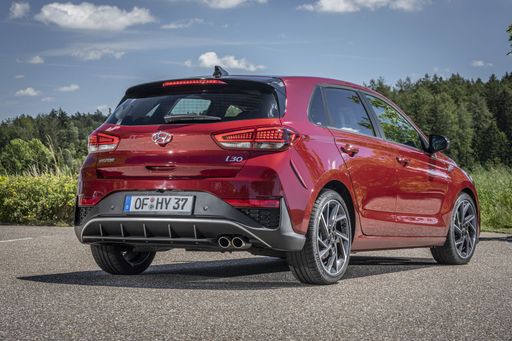 @ hyundai.news
@ hyundai.news
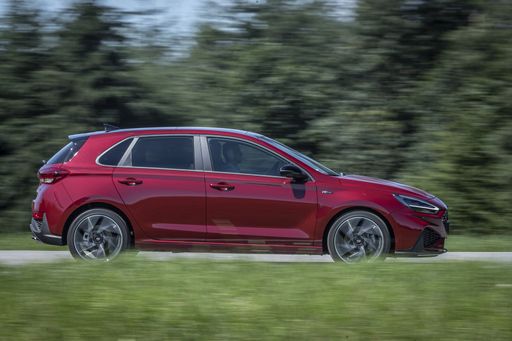 @ hyundai.news
@ hyundai.news
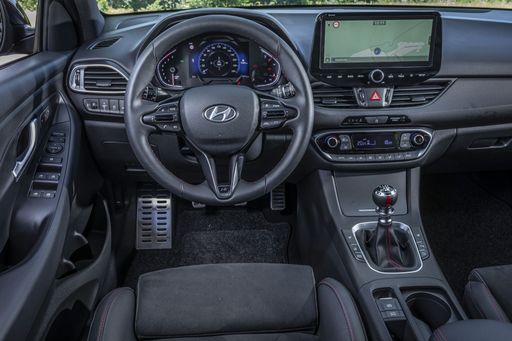 @ hyundai.news
@ hyundai.news
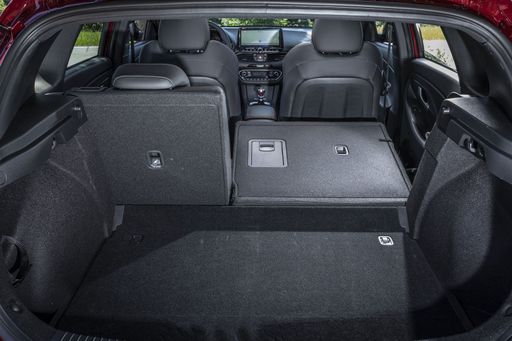 @ hyundai.news
@ hyundai.news
Kia Picanto
The Kia Picanto is a compact city car that combines practicality with a stylish design, making it an appealing option for urban drivers. Its cleverly designed interior maximises space, providing ample room for passengers and luggage despite its small footprint. With its efficient fuel consumption and easy manoeuvrability, the Picanto is well-suited for navigating through bustling city streets.
details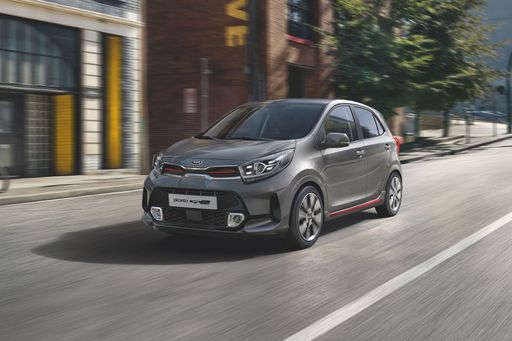 @ press.kia.com
@ press.kia.com
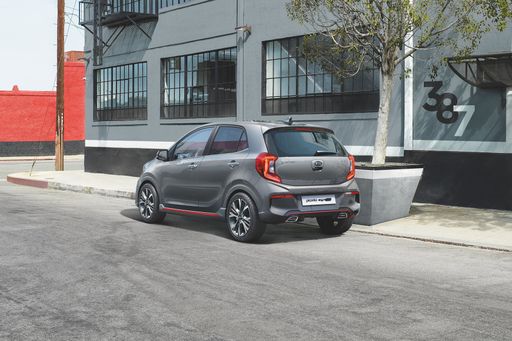 @ press.kia.com
@ press.kia.com
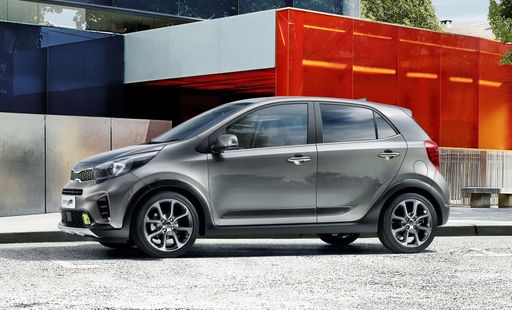 @ press.kia.com
@ press.kia.com
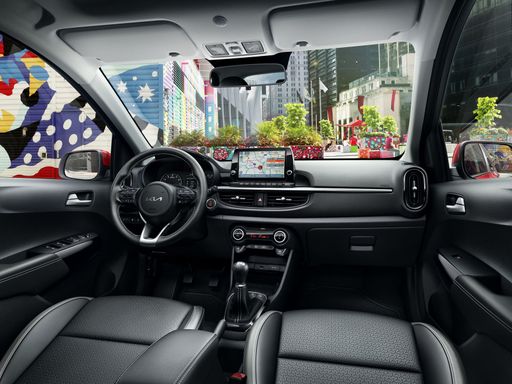 @ press.kia.com
@ press.kia.com

|

|
|
|
|
Costs and Consumption |
|
|---|---|
|
Price
24000 - 29300 £
|
Price
15300 - 19300 £
|
|
Consumption L/100km
5.7 - 6 L
|
Consumption L/100km
5.6 - 5.9 L
|
|
Consumption kWh/100km
-
|
Consumption kWh/100km
-
|
|
Electric Range
-
|
Electric Range
-
|
|
Battery Capacity
-
|
Battery Capacity
-
|
|
co2
130 - 136 g/km
|
co2
127 - 135 g/km
|
|
Fuel tank capacity
50 L
|
Fuel tank capacity
35 L
|
Dimensions and Body |
|
|---|---|
|
Body Type
Hatchback
|
Body Type
Hatchback
|
|
Seats
5
|
Seats
4 - 5
|
|
Doors
5
|
Doors
5
|
|
Curb weight
1291 - 1407 kg
|
Curb weight
1124 - 1131 kg
|
|
Trunk capacity
395 L
|
Trunk capacity
255 L
|
|
Length
4340 mm
|
Length
3605 mm
|
|
Width
1795 mm
|
Width
1595 mm
|
|
Height
1455 mm
|
Height
1485 mm
|
|
Max trunk capacity
1301 L
|
Max trunk capacity
1010 L
|
|
Payload
463 - 509 kg
|
Payload
253 - 332 kg
|
Engine and Performance |
|
|---|---|
|
Engine Type
Petrol, Petrol MHEV
|
Engine Type
Petrol
|
|
Transmission
Manuel, Automatic
|
Transmission
Manuel, Automatic
|
|
Transmission Detail
Manual Gearbox, Dual-Clutch Automatic
|
Transmission Detail
Manual Gearbox, Automated Manual
|
|
Drive Type
Front-Wheel Drive
|
Drive Type
Front-Wheel Drive
|
|
Power HP
100 - 140 HP
|
Power HP
68 HP
|
|
Acceleration 0-100km/h
9.6 - 13.1 s
|
Acceleration 0-100km/h
14.6 - 17.2 s
|
|
Max Speed
178 - 197 km/h
|
Max Speed
160 - 162 km/h
|
|
Torque
172 - 253 Nm
|
Torque
96 Nm
|
|
Number of Cylinders
3 - 4
|
Number of Cylinders
3
|
|
Power kW
74 - 103 kW
|
Power kW
50 kW
|
|
Engine capacity
998 - 1482 cm3
|
Engine capacity
998 cm3
|
General |
|
|---|---|
|
Model Year
2024
|
Model Year
2025
|
|
CO2 Efficiency Class
D, E
|
CO2 Efficiency Class
D
|
|
Brand
Hyundai
|
Brand
Kia
|
What drive types are available for the Hyundai i30?
Available configurations include Front-Wheel Drive.
The prices and data displayed are estimates based on German list prices and may vary by country. This information is not legally binding.
